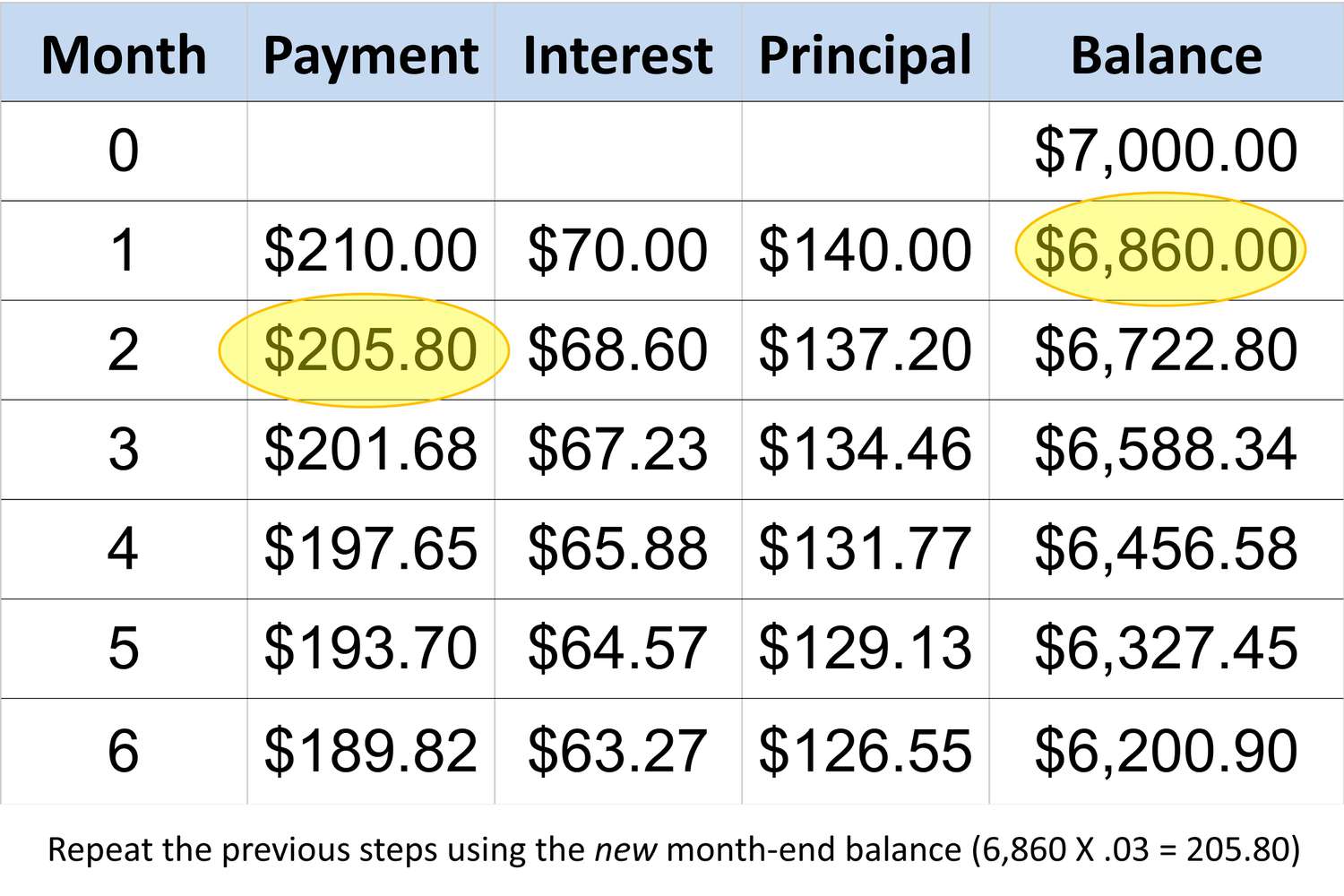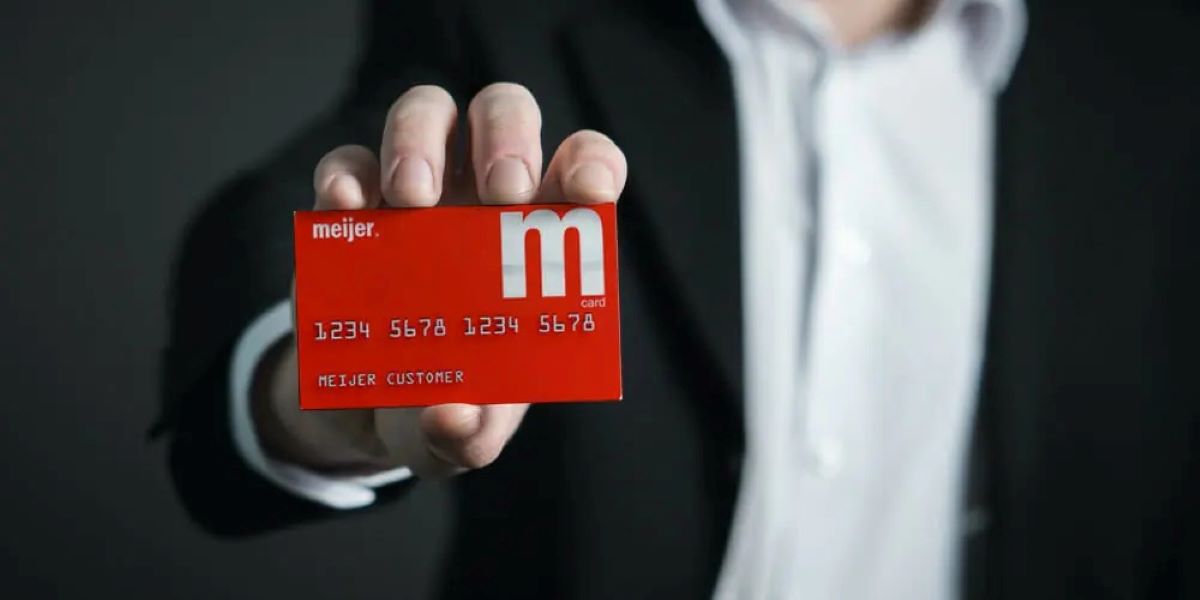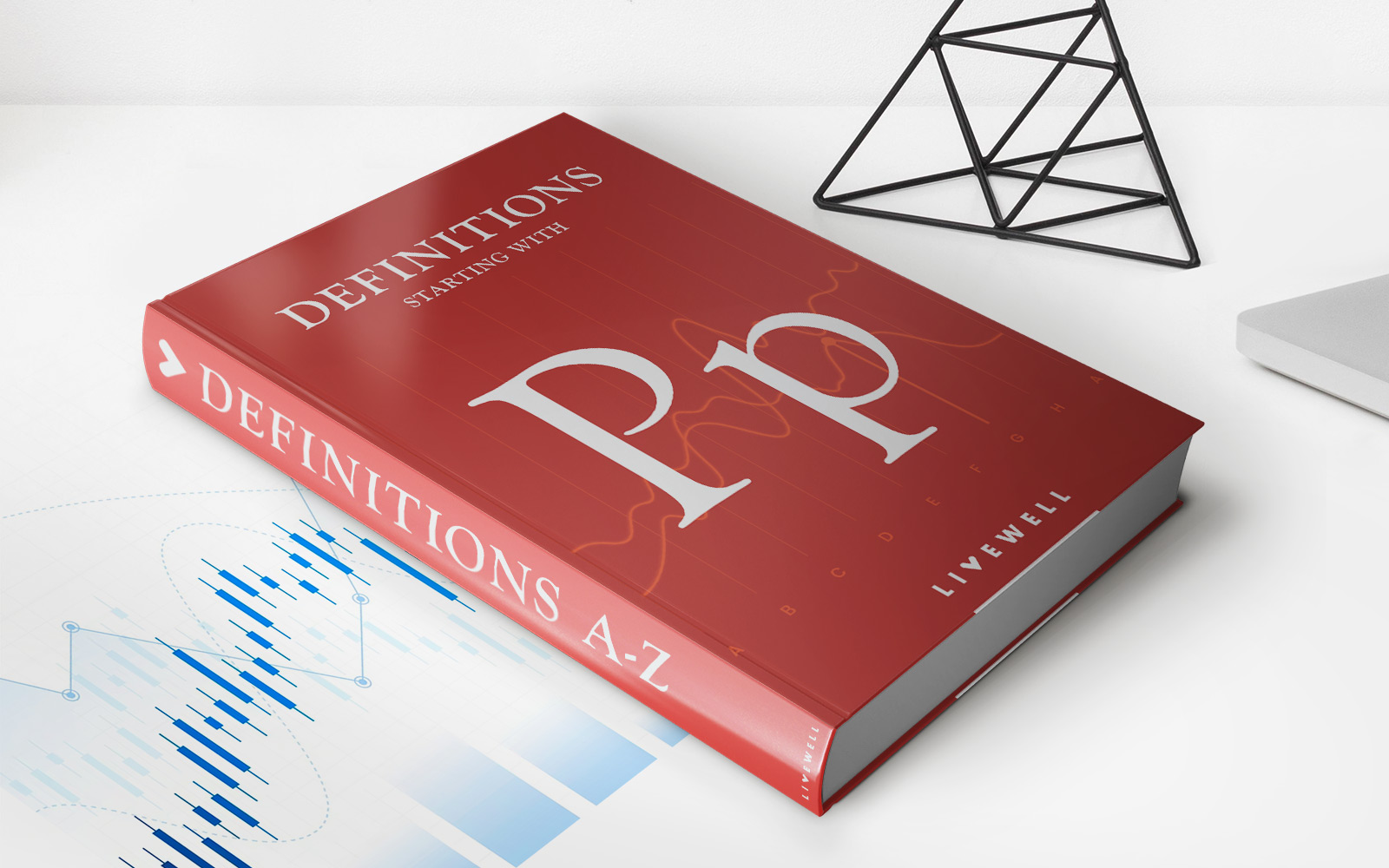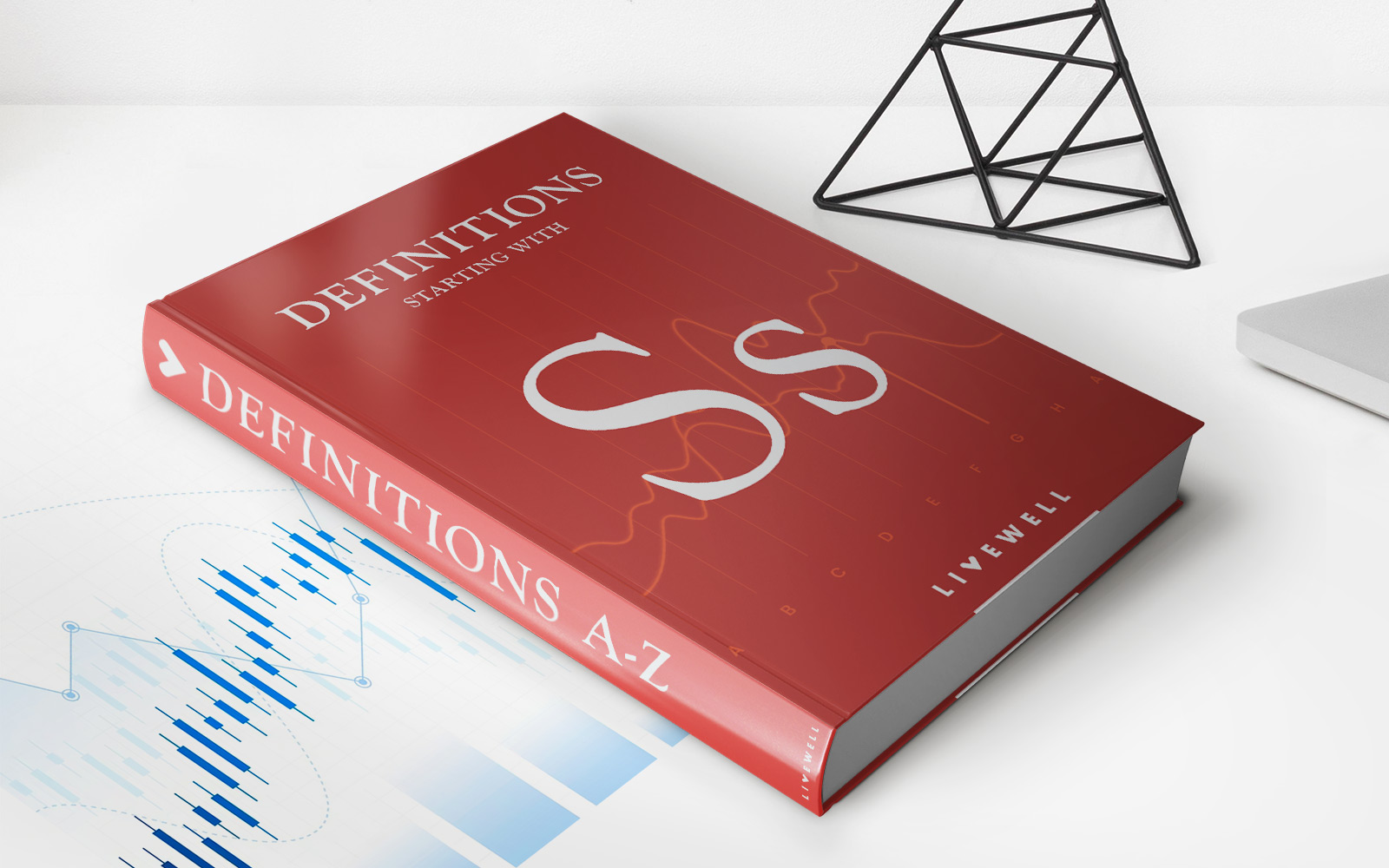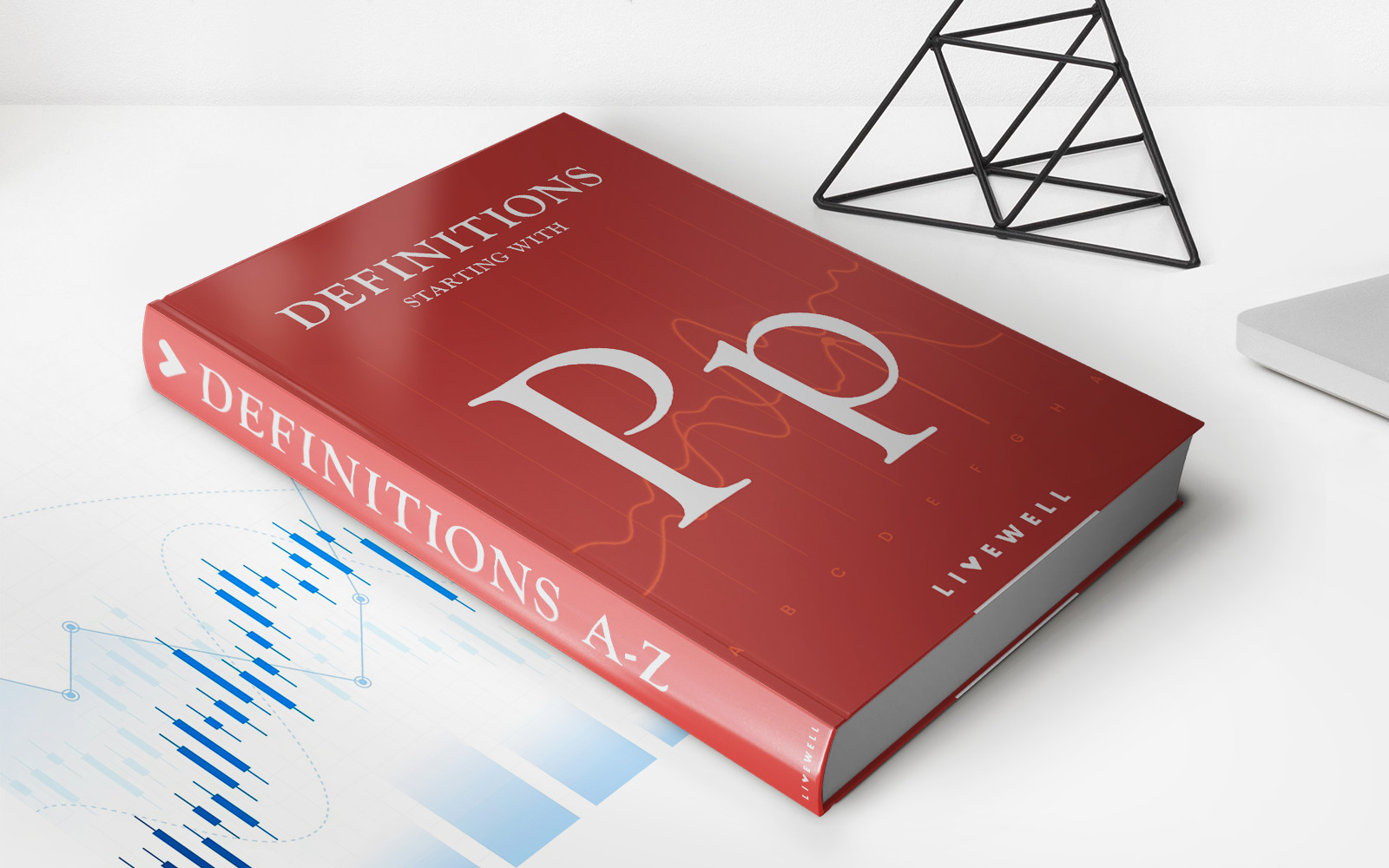Home>Finance>What Is The Minimum Payment On A $2000 Credit Card


Finance
What Is The Minimum Payment On A $2000 Credit Card
Published: February 25, 2024
Learn about the minimum payment for a $2000 credit card to manage your finances effectively. Understand the impact on your budget and overall financial health.
(Many of the links in this article redirect to a specific reviewed product. Your purchase of these products through affiliate links helps to generate commission for LiveWell, at no extra cost. Learn more)
Table of Contents
Introduction
Understanding the Basics of Minimum Credit Card Payments
When it comes to managing credit card debt, understanding the concept of minimum payments is crucial. Many credit cardholders are familiar with the term “minimum payment,” but not everyone comprehends its significance and implications. This article aims to demystify the concept of minimum payments, particularly in the context of a $2000 credit card balance. By shedding light on the factors influencing minimum payments and the potential long-term consequences of paying only the minimum, readers will gain valuable insights into managing their credit card debt effectively.
While the allure of making minimum payments may seem appealing, it’s essential to delve deeper into the implications of this approach. To that end, this article will explore the mechanics of minimum payments, the factors that influence them, and the importance of paying more than the minimum to avoid falling into the debt trap. By the end of this article, readers will have a comprehensive understanding of minimum payments and be better equipped to make informed decisions regarding their credit card debt.
Understanding Minimum Payments
Minimum payments represent the lowest amount a credit cardholder must pay each month to keep the account in good standing. Typically, this consists of a small percentage of the total balance, often around 1-3%, along with any interest and fees accrued during the billing cycle. While making the minimum payment may seem like a convenient way to manage debt, it’s crucial to recognize that this approach can lead to long-term financial repercussions.
When individuals make only the minimum payment on their credit cards, they may fall into a cycle of debt due to the interest charges applied to the remaining balance. This can result in paying significantly more over time and prolonging the duration needed to clear the debt. Understanding the implications of minimum payments is essential for responsible credit card management.
It’s important for credit cardholders to grasp that minimum payments primarily serve the interests of the credit card issuer, as they allow the accumulation of interest on the remaining balance. By comprehending the mechanics of minimum payments, individuals can make more informed decisions about their debt repayment strategies and avoid potential financial pitfalls.
Factors Affecting Minimum Payments
Several factors influence the calculation of minimum payments on credit cards. Understanding these elements is crucial for individuals seeking to manage their credit card debt effectively. The following factors play a significant role in determining the minimum payment:
- Outstanding Balance: The total amount owed on the credit card directly impacts the minimum payment. As the balance increases, the minimum payment also rises, reflecting a higher amount that must be paid to keep the account in good standing.
- Interest Rate: The annual percentage rate (APR) on the credit card affects the amount of interest accrued on the outstanding balance. A higher interest rate leads to increased interest charges, consequently influencing the minimum payment.
- Minimum Payment Calculation Method: Credit card issuers utilize various methods to calculate minimum payments, including a percentage of the balance, a fixed amount, or a combination of both. Each method can result in different minimum payment requirements.
- Accrued Fees: Additional fees, such as late payment fees or over-limit fees, contribute to the total amount due, thereby impacting the minimum payment for the billing cycle.
By considering these factors, credit cardholders can gain insight into the dynamics of minimum payments and how they are influenced by the outstanding balance, interest rate, calculation method, and accrued fees. This understanding empowers individuals to make informed decisions regarding their repayment strategies and overall debt management.
Calculating the Minimum Payment on a $2000 Credit Card
When dealing with a $2000 credit card balance, calculating the minimum payment involves considering several key factors. The minimum payment is typically determined based on a percentage of the outstanding balance, along with any accrued interest and fees. While specific calculation methods may vary among credit card issuers, understanding the general approach to determining the minimum payment is essential for responsible debt management.
For instance, if the credit card issuer sets the minimum payment at 3% of the outstanding balance and the APR stands at 18%, the minimum payment for a $2000 balance can be calculated as follows:
Minimum Payment = (Percentage of Outstanding Balance) + (Accrued Interest) + (Accrued Fees)
Using the example of a 3% minimum payment requirement and an 18% APR, the calculation would be as follows:
Minimum Payment = (3% * $2000) + (Accrued Interest) + (Accrued Fees)
Accrued Interest and Fees would need to be factored in based on the specific terms and conditions outlined by the credit card issuer. These additional charges contribute to the total minimum payment for the billing cycle.
By understanding the formula for calculating the minimum payment and considering the specific terms of the credit card agreement, individuals can gain insight into the minimum payment requirements for a $2000 credit card balance. This awareness enables them to make informed decisions regarding their repayment strategy and take proactive steps towards managing their credit card debt responsibly.
Importance of Paying More Than the Minimum
While making the minimum payment on a credit card may fulfill the basic obligation, there are compelling reasons to strive for more substantial payments, especially when dealing with a $2000 balance. By paying more than the minimum, individuals can significantly impact their financial well-being and expedite their journey toward debt freedom. Here are several reasons why paying more than the minimum is crucial:
- Reduced Interest Costs: By paying more than the minimum, individuals can reduce the total interest accrued on the outstanding balance. This approach can lead to substantial long-term savings and expedite the process of debt repayment.
- Accelerated Debt Clearance: Making larger payments enables individuals to pay off the debt more quickly, freeing them from the burden of ongoing credit card balances and interest charges.
- Improved Credit Score: Consistently paying more than the minimum reflects positively on an individual’s credit utilization ratio and payment history, which are key factors in determining credit scores.
- Financial Freedom: By prioritizing larger payments, individuals can regain financial control and reduce the stress associated with prolonged debt repayment.
When faced with a $2000 credit card balance, paying more than the minimum can yield significant benefits and pave the way for improved financial health. By embracing a proactive approach to debt repayment and striving to exceed the minimum payment requirements, individuals can achieve greater financial stability and work towards a future free from the constraints of credit card debt.
Conclusion
In conclusion, the concept of minimum payments on credit cards holds substantial implications for individuals managing their financial obligations, particularly in the context of a $2000 credit card balance. Understanding the mechanics of minimum payments, the factors influencing their calculation, and the importance of paying more than the minimum is essential for responsible debt management.
By comprehending the dynamics of minimum payments, individuals can make informed decisions regarding their repayment strategies and take proactive steps to mitigate the long-term effects of credit card debt. It is crucial to recognize that while making the minimum payment fulfills the basic requirement, striving for more substantial payments can lead to reduced interest costs, accelerated debt clearance, improved credit scores, and ultimately, greater financial freedom.
When faced with a $2000 credit card balance, individuals are encouraged to prioritize larger payments to expedite the debt repayment process and minimize the impact of interest charges. By embracing a proactive approach to debt management and striving to exceed the minimum payment requirements, individuals can work towards achieving financial stability and ultimately liberate themselves from the constraints of credit card debt.
In essence, the journey towards financial freedom begins with a comprehensive understanding of minimum payments and a commitment to responsible debt management. By leveraging this knowledge and adopting proactive repayment strategies, individuals can pave the way for a brighter financial future, free from the burdens of credit card debt.






